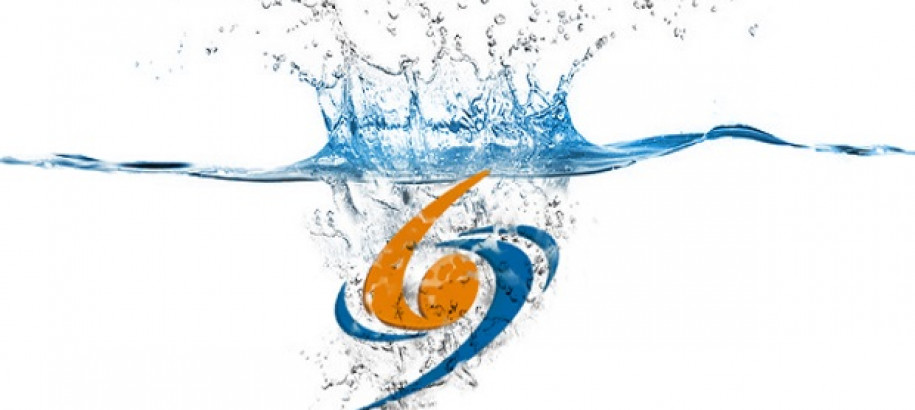
Swimming Victoria has a mission of making our sport open and accessible to people of all social and economic backgrounds and, as part of that transition, chief executive Jason Hellwig has been particularly proud of the continuing initiatives the sporting body has been implementing to promote Aboriginal and Torres Strait Islander communities.
Hellwig said an important step has been Swimming Victoria's commitment to routinely recognise the Traditional Owners on which championship events were held with an official ‘Acknowledgement of Country’ or ‘Welcome to Country’. The recently completed Optus 2019 Victorian Age Championships were such an example, when they were opened by an Acknowledgement conducted by Aunty Pam, a Yorta Yorta elder of the Victorian Aboriginal Community.
“We’re really proud to show our respects and grateful for Aunty Pam to come and provide an ‘Acknowledgement of Country’,” Hellwig said.
“I think this is part of the changing landscape in Australia where there is a stronger awareness of our history and a developing of the maturity to recognise and respect it appropriately.”
Aunty Pam said having the opportunity to introduce younger generations to Aboriginal and Torres Strait Islander culture was vital.
“It’s very important. You’ve got young people and some of them probably haven’t heard an Acknowledgement,” Aunty Pam said.
“Some will take notes, some of them, it will just go straight over their heads.
“That’s okay, because it might be just one or two people who might just go home and say ‘we had an elder doing the Acknowledgement to Country today and her name is Aunty Pam’.”
Hellwig was also earlier this year invited to participate in the drafting of a Reconciliation Action Plan for Vicsport, a project headed by Olympian Nova Peris. The working group developed guidelines and a range of audio and visual material and online information databases for sporting bodies and clubs to use to improve their inclusion policies.
“Seventy-five percent of Aboriginal Victorians don’t participate in sport and recreation because of racism and discrimination,” Peris said.
“… It’s an ongoing issue. It’s not going to go away in its entirety but we’ve got to start calling things for what they are. You can’t sugar coat racism and things need to be dealt with when issues arise, not pushed aside.
“… No one should have to put up with discrimination. At the end of the day, sport should just bring people together.”
She said sports, such as swimming, that traditionally do not attract large numbers of Aboriginal and Torres Strait Islander participants, still had an obligation to do better.
“It’s one of those things where perception is everything,” Peris said, pointing to ‘come and try’ and talent identification days as keys to encouraging involvement in Aboriginal and Torres Strait Islander families that would continue through generations.
“All of us who have played for (the Hockeyroos), it’s because our families played and that’s what hockey identified … it’s an intergenerational thing,” she said.
Hellwig described working on the Reconciliation Action Plan as among the most rewarding of his varied career as a sports administrator. He said it would be used as part of wider approach to promote inclusion.
“At a very basic level being a sport that publicly, confidently, and without any blush acknowledges Aboriginal and Torres Strait Islander history, and demonstrates respect for that, then that is a starting point for Aboriginal and Torres Strait Islanders to see us as a sport that is welcoming, respectful, and one which they can feel a part of.”
“Swimming’s a sport for everybody.”
